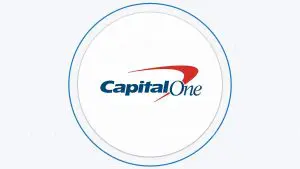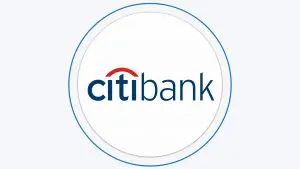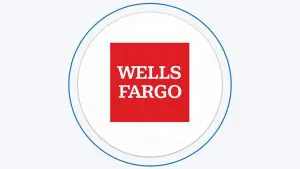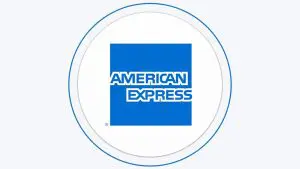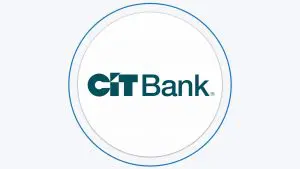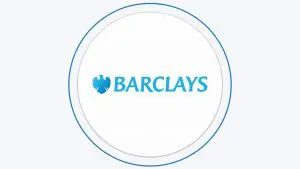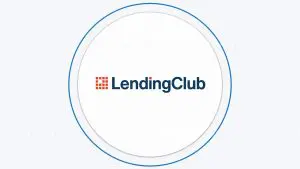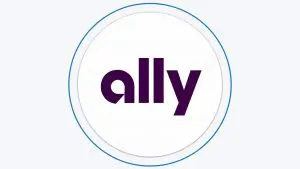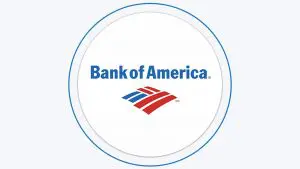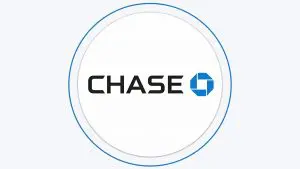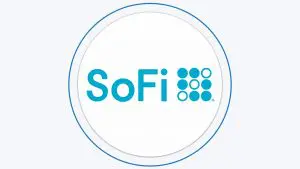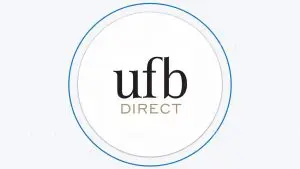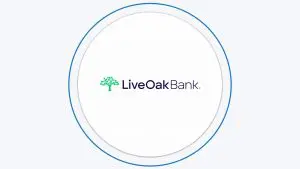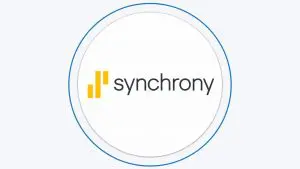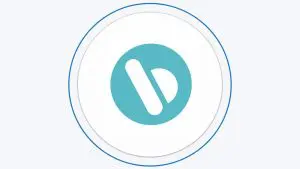Table Of Content
An emergency fund is a sum of money that you set aside and keep readily available to cover unexpected expenses or financial emergencies. These could include things like sudden medical bills, car repairs, home repairs, or job loss.
The purpose of an emergency fund is to provide a safety net so that you do not have to rely on credit cards, loans, or other forms of borrowing to cover these expenses.
How Much Should An Emergency Fund Be?
As a general rule of thumb, financial experts recommend having three to six months' worth of living expenses saved in your emergency fund. This means that if your monthly living expenses are $3,000, you should aim to have between $9,000 and $18,000 saved in your emergency fund.
However, the amount of emergency fund you need to have depends on your individual circumstances, such as your income, expenses, job security, and other factors.
For example, if you have a stable job with good benefits and job security, you may be able to get by with a smaller emergency fund. On the other hand, if you are self-employed or work in a less stable industry, you may need a larger emergency fund to cover unexpected expenses during periods of low income.
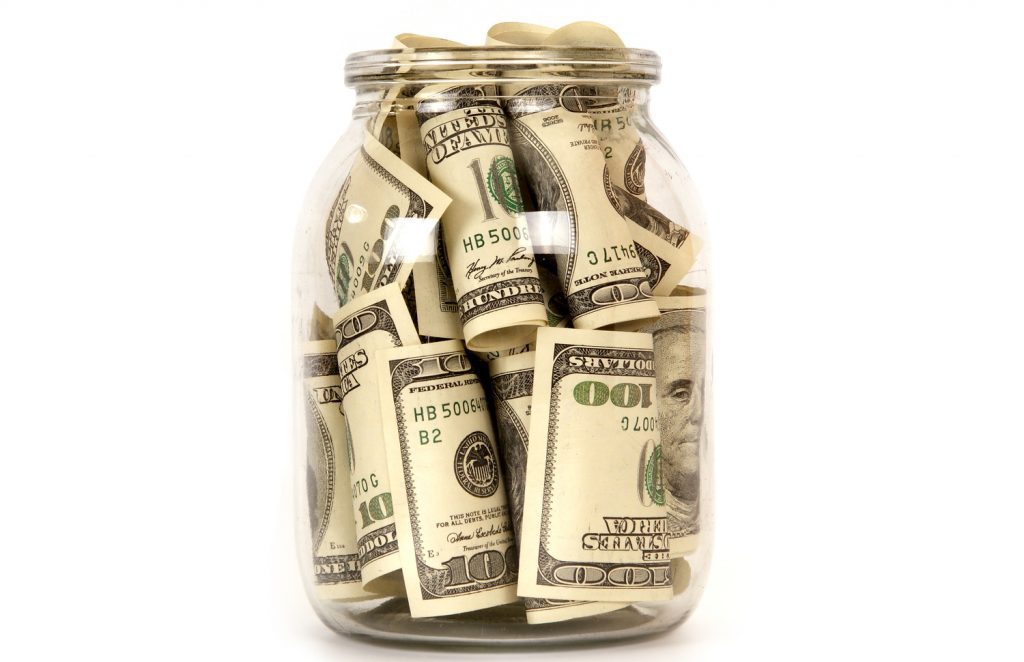
When I May Need A Larger Emergency Fund?
In general, the more financial responsibilities you have and the higher the likelihood of unexpected expenses related to those responsibilities, the more you may need to save in your emergency fund.
You may need a larger emergency fund in several situations, such as:
Self-employment: If you are self-employed, you may need a larger emergency fund to cover unexpected expenses during periods of low income or slow business.
Job insecurity: If you work in an industry with high turnover rates or have a job with uncertain job security, you may need a larger emergency fund to cover expenses in case of job loss.
Dependents: If you have dependents, such as children or elderly parents, you may need a larger emergency fund to cover unexpected expenses related to their care or support.
Medical expenses: If you or a family member has a chronic medical condition or requires ongoing medical care, you may need a larger emergency fund to cover unexpected medical expenses.
Car ownership: If you own a car or more than one, you may need a larger emergency fund to cover unexpected repairs or maintenance expenses.
Why Should You Aim To At Least 6 Months Expenses Fund?
While the recommendation is three to six months' worth of living expenses, having a larger emergency fund is better than having a smaller one, as it provides greater financial security, flexibility, and peace of mind.
It is better to have a larger emergency fund than a smaller one for several reasons:
- Difficult Financial Situation ahead: we are witnessing a challenging economic situation in 2023 that may be even more challenging in the next few years. It means job loss, higher prices, and recession, so preparing for that is good.
Financial security: A larger emergency fund provides greater financial security and peace of mind, as it can cover unexpected expenses or financial emergencies without having to rely on credit cards or loans.
Flexibility: A larger emergency fund provides greater flexibility and the ability to handle a wider range of unexpected expenses or emergencies, including larger expenses such as medical bills, car repairs, or home repairs.
Reduced stress: A larger emergency fund can reduce financial stress and anxiety, as it provides a safety net for unexpected expenses or emergencies, allowing you to focus on other aspects of your life without worrying about financial stability.
Cost savings: A larger emergency fund can save you money in the long run, as it can help you avoid high-interest loans or credit card debt that can accumulate over time.
Unforeseen circumstances: Unexpected circumstances can arise at any time, and having a larger emergency fund can prepare you for the unexpected and ensure that you are financially secure in case of an emergency.
How Much Is A Family Emergency Fund?
While it's recommended to have 3-6 months' worth of living expenses saved in the emergency fund, for families, it may be beneficial to have a larger cushion of 6-12 months to cover unexpected expenses related to their family life.
An emergency fund for a family may differ from a regular emergency fund in two main ways:
More Chances For Unforeseen Circumstances: A family typically has 4-5 persons has higher chances for unexpected issues. Whether it's a job loss, medical issues or one time expenses, there are more probability you'll need this money.
Additional responsibilities: A family may have additional responsibilities that require a larger emergency fund, such as caring for children or elderly parents. For example, unexpected medical expenses related to dependents may require a larger emergency fund to cover.
How To Calculate Emergency Fund Needed?
Calculating the emergency fund needed is not an exact science, and there is no one-size-fits-all answer.
To calculate the emergency fund needed, it's recommended to follow these steps:
Determine your monthly expenses: Make a list of all your monthly expenses, including rent or mortgage, utilities, groceries, insurance, transportation, and any other expenses that you regularly incur. This is the most important step in your calculation – make sure to consider every small expense you might have, including non-fixed expenses such as a wedding or Christmas gifts.
Determine the number of months you want to cover: As discussed, it's recommended to have at least three to six months' worth of living expenses saved in your emergency fund. That being said, there are cases when you'll need larger fund.
Multiply your monthly expenses by the number of months you want to cover: Multiply your monthly expenses by the number of months you want to cover. For example, if your total monthly expenses are $5,000 and you want to cover six months, you will need $30,000 in your emergency fund.
FAQs
How do I build my emergency fund?
You can build your emergency fund by setting aside a portion of your income each month and putting it into a savings account or other easily accessible account.
Should I adjust the size of my emergency fund as I get older?
Yes, you may need to adjust the size of your emergency fund as you get older and take on more financial responsibilities.
How often should I review and adjust my emergency fund?
You should review and adjust your emergency fund as needed, such as when your financial circumstances change or when you reach certain milestones, such as buying a home or having a child.
Where Should I keep my emergency fund?
You should keep your emergency fund in an easily accessible account, such as a savings account or money market account, so that you can withdraw the money quickly when needed.
What happens if I don't have an emergency fund?
If you don't have an emergency fund, you may have to rely on credit cards, loans, or other forms of borrowing to cover unexpected expenses, which can lead to financial stress and debt.

